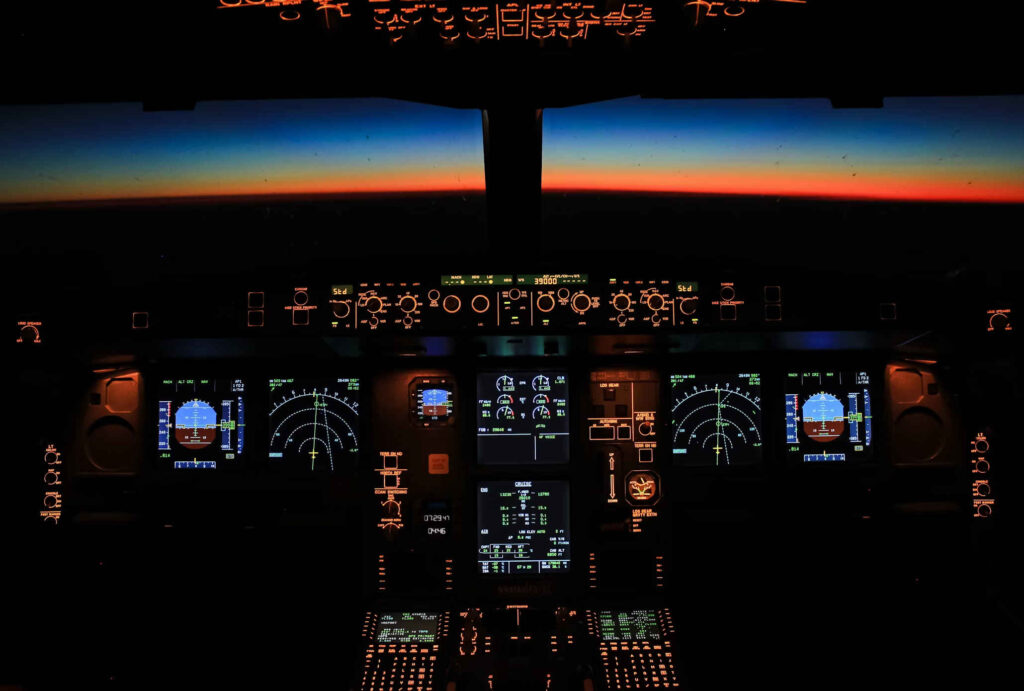
Investigators are examining the possibility that the movement of a cockpit seat played a pivotal role in a recent incident involving a LATAM Airlines Boeing 787 aircraft, which unexpectedly dived mid-flight, injuring over 50 passengers.
The Chilean aircraft was en route from Sydney to Auckland when it suddenly dropped, causing chaos inside the cabin as passengers and items were violently thrown.
According to a report by the aviation industry outlet the Air Current, initial findings suggest that the seat’s movement may have been unintentionally caused by a pilot, leading to the aircraft’s nose-down position. Additionally, the investigation is considering the likelihood of an electrical short playing a role in the incident.
Reports say Boeing is preparing to communicate with all 787 operators, hinting at the possibility that the issue could have broader implications for the fleet, though specifics remain undisclosed.
The probe is being led by Chile’s aviation authority. The investigative team has recently arrived in the country to start their investigation.
The flight carrying 263 passengers and nine crew members, was scheduled to fly on to Santiago after its stop in Auckland.
The Transport Accident Investigation Commission is in the process of analysing the cockpit voice and flight data recorders to gain further insights into the pilots’ actions and the aircraft’s behaviour during the event.
Image credit: Andres Dallimonti
“Yeah, it was the pilot’s fault for shifting the seat back and adjusting the rear-view mirror…”
THAT’S what threw the entire avionics system out of whack. It definitely isn’t any fault of Boeing’s. No company whistleblowers “suicided” themselves this week or anything, everything is fine

On turbojet and turbofan aircraft, the Flight Engineer sits at a sideways panel perpendicular to the Pilot seats that face forward.
On the TU-95, KC-97 and B-29’s, they sat facing backwards.
On most turboprops, the Flight Engineer sit between the two Pilots, and slightly aft.
The beauty of sitting between the Pilots is that the Flight Engineer normally, during take-off, will place his / her foot on the rear portion of the Pilot’s seat, in the event the locking pins pop-out of the seat track, with the Pilot’s seat taking a sudden G-force-induced slide to the rear. The Flight Engineer’s leg would hold the seat in the current position and prevent a rearward slide.
IF this wasn’t done by the Flight Engineer as a matter of technique, this would cause;
1. The Pilot’s inability to control the aircraft; &
2. The Pilot’s instinctive reflex action to grab the yoke, thus pulling the same back resulting in a sharp jerk & an uncontrollable ‘sudden nose-up’ at a critical time in the flight regime.
https://www.youtube.com/watch?v=fC2qbvK-1ko
https://www.youtube.com/watch?v=0L312h3AB_k
https://www.youtube.com/watch?v=mLscahOzlBM
https://www.youtube.com/watch?v=8bQ_KuMhSXI
https://www.youtube.com/watch?v=aTiH7HKEBXk
Yip yip that’s what it is. Definitely the seat.
In other news Boeing whistle blower unexpectedly commits suicide.
https://twitter.com/WallStreetSilv/status/1768517997285482626
2+2=4 most of the time.